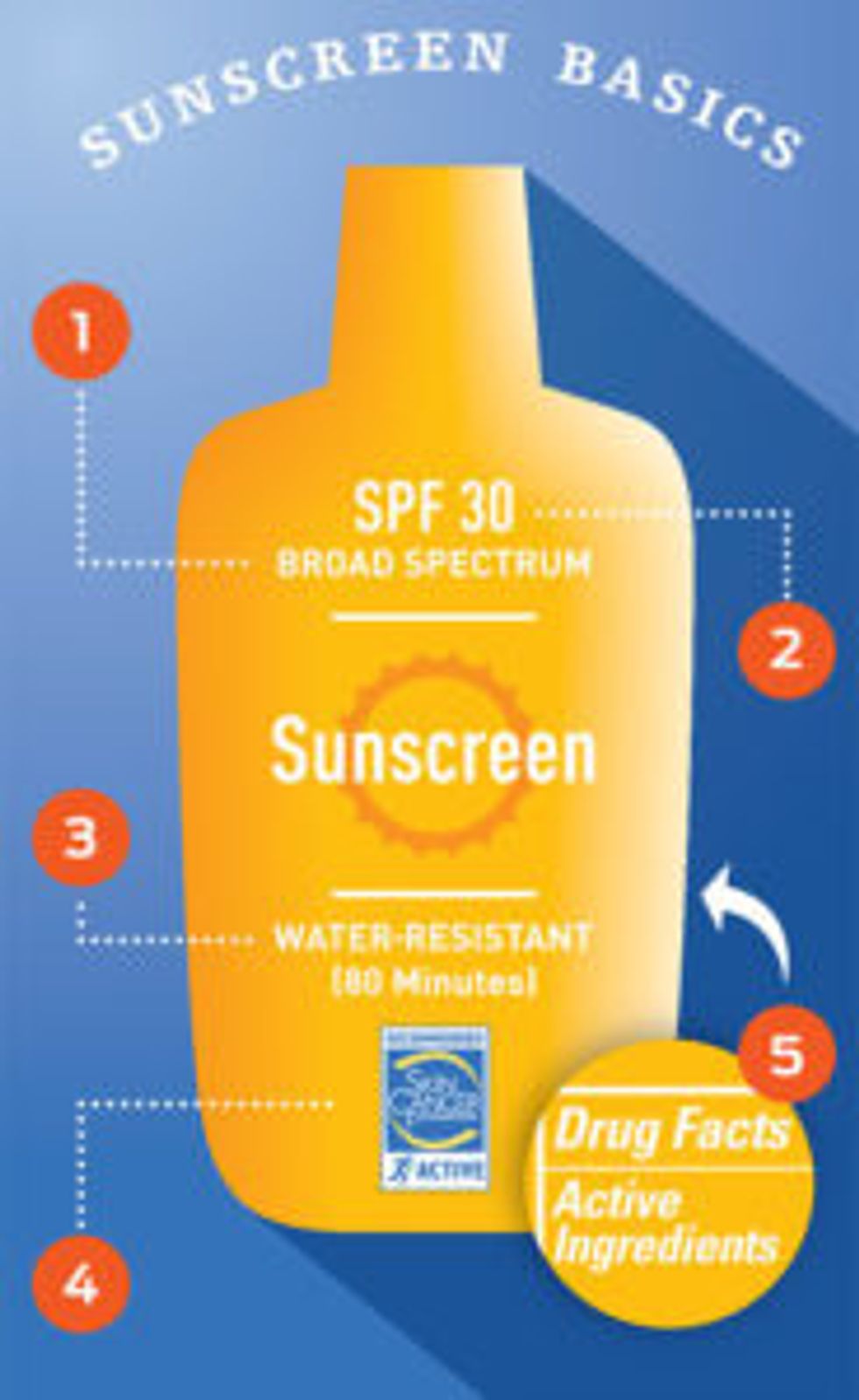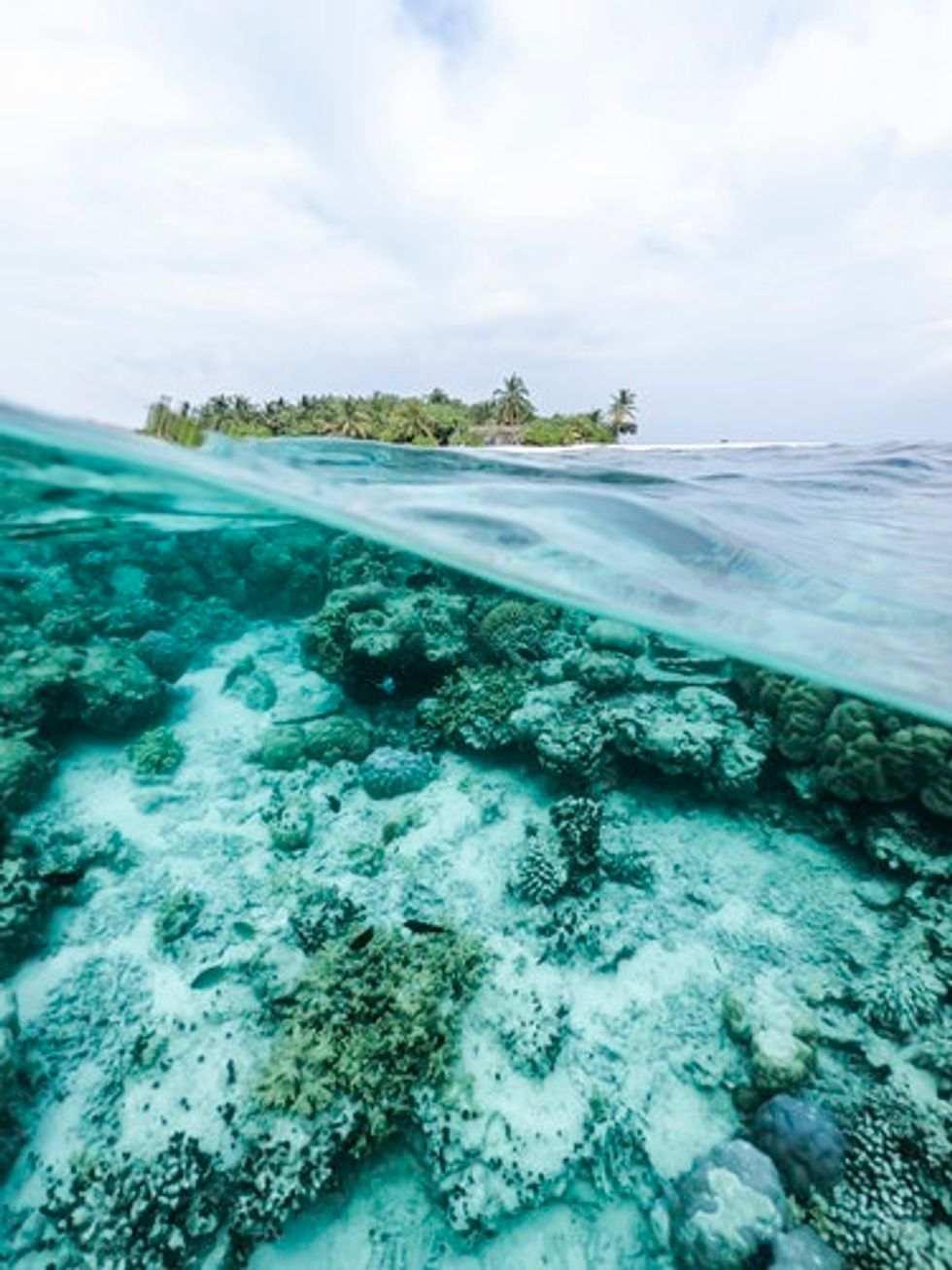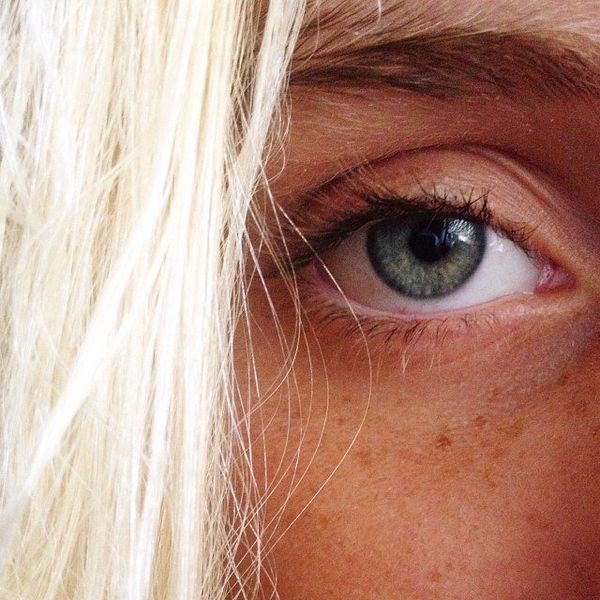My Dad Died From Skin Cancer, Please Trust Me When I Tell You To Wear Sunscreen
May is Melanoma Awareness Month, and no matter your skin tone, tanning could lead to skin cancer.
Summer is a time where hair gets lighter, music is played louder, campfires are the new normal, and laying out by the pool is all most teenage girls want to do during the day.
What most people don't know is that skin cancer is deadly, and an increasing amount of sunburns or tans can lead to that. May is melanoma awareness month, and it's important to understand how deadly it truly is. Melanoma is a type of cancer that accounts for only 3% of all skin cancer but is the deadliest and the hardest to cure if it's caught too late. It starts in melanocytes (which are cells that create melanin) and it's what gives skin its color.
Because your skin is the largest organ, melanoma can spread to other parts of the body fast. Typically, it's found in a black or red spot on the skin or an existing mole that has an irregular shape, size, or color. Not only is melanoma the most frequent appearing cancer in young adults ages 20-30, but it is the MAIN cause of cancer death in women ages 25-30. So why is it that it's so frequent in young adults, especially women? One word: tanning. Sun damage is linked directly to melanoma because it causes the skin cells to change. Whether you tan on a tanning bed or in the natural sunlight, they both have the same risk of developing melanoma. If you've had more than five peeling sunburns in your life, then your risk for melanoma doubles.
Some things to look out for that may increase your risk of melanoma are: sun damage, especially a history of peeling sunburns, fair complexion (people with blond or red hair, light skin, blue eyes and a tendency to sunburn), previous melanoma, moles, as well as a family history of melanoma. It's important to not despair because not everyone with multiple sunburns gets melanoma, but it's very important to be aware. Just by wearing SPF 15 or above sunscreen daily reduces the risk of melanoma by 50%. If you wear a hat outside to protect your face it will also decrease your chances, as well as a swim shirt or rash guard at the beach. Checking regularly for anything irregular in the skin and seeing your dermatologist once a year will help to keep you and your skin healthy.
Melanoma is very personal to me because my dad was diagnosed with it when I was a little girl, and by the time the doctors caught it, it was too late.
Not only do I have a higher risk of melanoma because my father died from it, but I'm also extremely fair with blonde hair and blue eyes, which is an increased risk on its own. This doesn't mean I'll get melanoma, but I have spent my childhood being aware of the risks and protecting myself the best I can. I want to spread the word about melanoma because people are often unsure of what it is, the key causes, and how they can prevent it. Hopefully, this article not only made you stop and think about the real truth of tanning but also about protecting yourself. This summer, even if your friends are tanning on the beach, please use sunscreen to protect yourself from the sun's harmful rays. It could save your life.




































